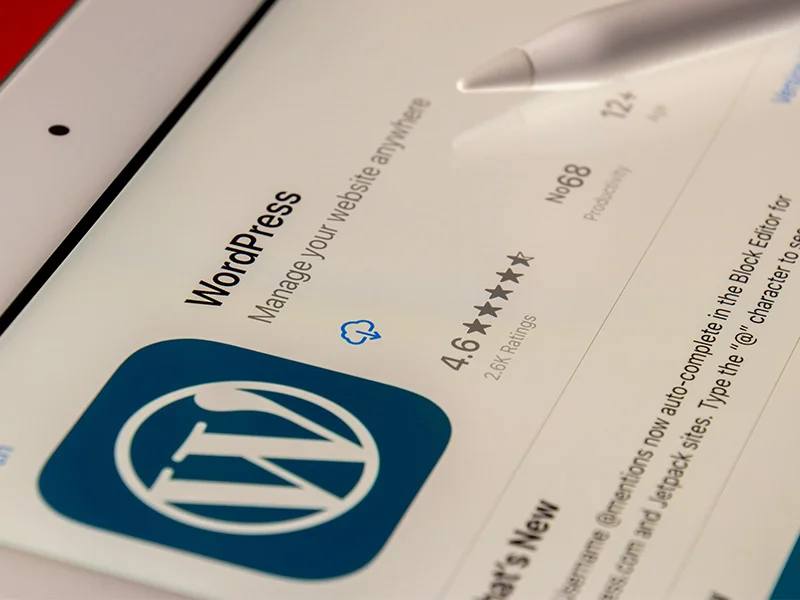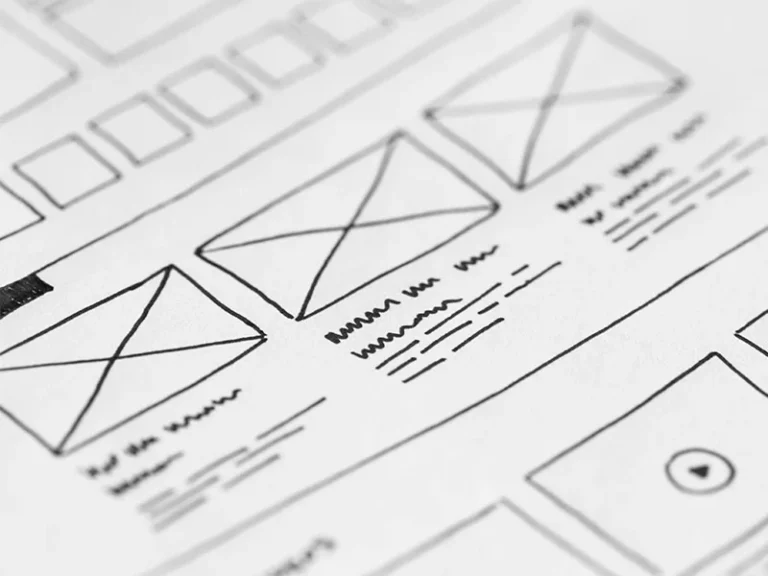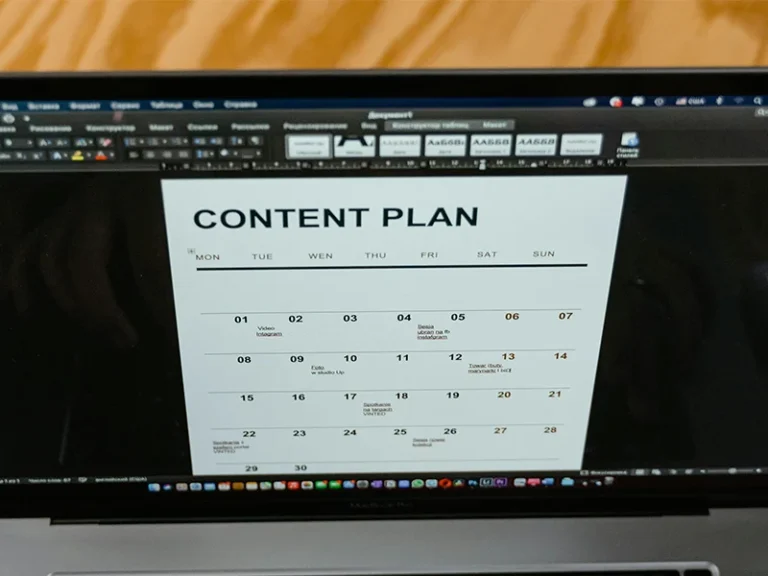Step-by-Step Guide to Installing and Configuring WordPress for Seamless Content Management
Step 1: Choose Your Hosting and Domain
The first step in setting up WordPress for content management is to select a reliable hosting provider and secure a domain name for your site. A hosting provider will store your website’s files and make them accessible to visitors online, while a domain name represents your site’s address. Look for hosting services that specialize in WordPress, such as Bluehost, SiteGround, or WP Engine, as they offer optimized performance, security, and easy WordPress installation options. After selecting your hosting provider, register a domain name that’s relevant to your website’s content.Step 2: Install WordPress
Once you have your hosting account set up and domain registered, the next step is to install WordPress. Many hosting providers offer a one-click installation feature, making the process extremely simple. However, if you prefer a manual installation, follow these steps:-
- Download WordPress: Go to the official WordPress website and download the latest version.
-
- Upload Files: Extract the WordPress files and upload them to your server using an FTP client, such as FileZilla.
-
- Create a Database: Log in to your hosting control panel (cPanel) and create a MySQL database for WordPress.
- Configure WordPress: Navigate to your domain in a browser, and the WordPress installation wizard will appear. Enter your database information and configure the site settings (site title, admin username, password, etc.).
www.yoursite.com/wp-admin.
Step 3: Configure WordPress for Content Management
After successfully installing WordPress, you’ll need to configure it for content management. This involves choosing a theme, installing essential plugins, and setting up your site structure.-
- Choose a Theme: WordPress offers thousands of free and premium themes. Navigate to
Appearance > Themesto select a theme that suits your website’s style and purpose.
- Choose a Theme: WordPress offers thousands of free and premium themes. Navigate to
-
- Install Plugins: Plugins extend the functionality of WordPress. Install essential plugins, such as:
-
- Yoast SEO for search engine optimization
-
- Akismet Anti-Spam for spam protection
-
- Jetpack for performance and security enhancements
-
- Create Content: With WordPress for content management, you can easily create posts and pages. To create pages, go to
Pages > Add New, and to create posts, go toPosts > Add New. Be sure to organize your content into categories and tags for better navigation.
- Install Plugins: Plugins extend the functionality of WordPress. Install essential plugins, such as:
-
- Set Up Permalinks: The URL structure of your site is important for both SEO and usability. Go to
Settings > Permalinksand choose the “Post name” option for SEO-friendly URLs.
- Set Up Permalinks: The URL structure of your site is important for both SEO and usability. Go to
Step 4: Organize Content for Effective Management
Effective content management in WordPress involves not just creating content but organizing it in a way that’s easy to navigate. Use the following tools within WordPress to streamline your content management process:-
- Categories and Tags: Organize your posts into categories and use tags for specific topics. This helps visitors find related content easily and improves your site’s SEO.
-
- Menus and Widgets: Customize your site’s navigation menus by going to
Appearance > Menus. Add custom links, categories, or pages to create a logical structure for users.
- Menus and Widgets: Customize your site’s navigation menus by going to
-
- Media Library: Upload and manage images, videos, and other media files using the Media Library in WordPress. You can add alt text and captions to media for better SEO and accessibility.
Step 5: Troubleshooting and Maintenance
Once your website is set up, it’s important to perform regular maintenance to ensure everything is running smoothly. A common issue you might encounter when using WordPress for content management is the White Screen of Death (WSOD). This can happen due to plugin conflicts, theme issues, or insufficient PHP memory. To fix WordPress WSOD, try these steps:-
- Deactivate Plugins: Use FTP or cPanel to rename the plugins folder inside the wp-content directory. This will disable all plugins. If your site comes back online, reactivate plugins one by one to identify the culprit.
-
- Switch to Default Theme: If the issue persists, try switching to a default WordPress theme, such as Twenty Twenty-One. Rename your current theme’s folder, and WordPress will automatically switch to a default theme.
- Increase PHP Memory Limit: Sometimes, insufficient memory causes the White Screen of Death. You can increase the PHP memory limit by adding the following line in the wp-config.php file:
define('WP_MEMORY_LIMIT', '256M');








